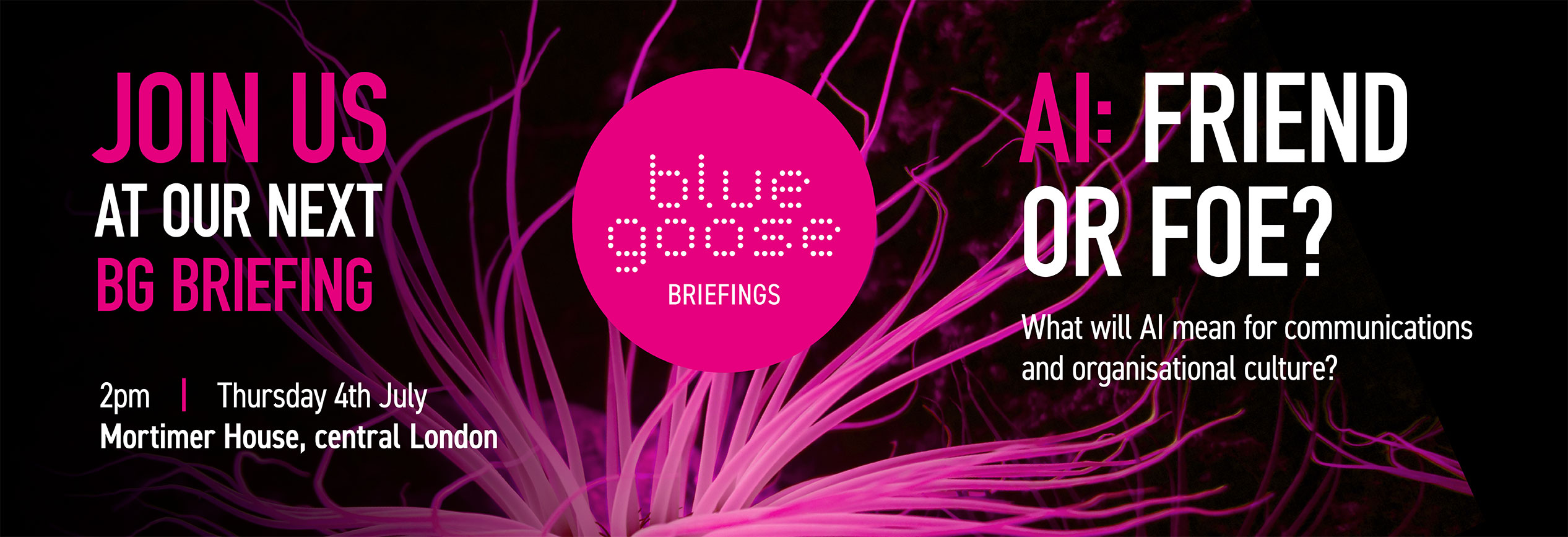They say diversity is who’s invited to the party. Inclusivity is the extent to which all people invited have a good time. Equality happens when the people organising the party are as diverse as those invited.
Women in the police, and the trousers they’re asked to wear, offer a compelling case study of these ideas played out in reality.
Representation and equity approaches
The first female officer was appointed to the police in 1915 – Edith Smith – a decision driven by the mass exodus of young men to war as much as any particularly progressive thinking.
Post-war, there was a cap on the number of female officers allowed in the police. Male and female officers were also segregated in their work until 1973.
Abolition of that % cap saw female representation begin to soar. Over time, female representation has increased to its current level of 29% of officers, and 61% of non-uniformed staff.
Initiatives like Positive Action are also helping improve the experience of those female officers in the Police.
Positive Action help increase the chances that the ‘right’ and most able people are applying for the job by targeting under-represented groups. It also provides support to those groups, once appointed, by offering additional counsel along their employee journey.
However, it wasn’t until the late 2010s that the trousers offered to female officers were actually ‘cut’ for women. Until that point, women were literally wearing men’s trousers, in a size as appropriate as they could find.
Why was that? Well, almost certainly because of the legacy of the police being run, structurally and institutionally, by and for men.
Equality of opportunity and experience
For the Police, and many other organisations, a change in the established decision-making process is the next step in the Diversity, Equity and Inclusion journey.
Equality only happens when thinking, planning and execution is made by and for the broadest possible group of people. Genuine equality of opportunity and experience.
Which amongst things, should guarantee that no-one’s wearing the wrong trousers any more.




